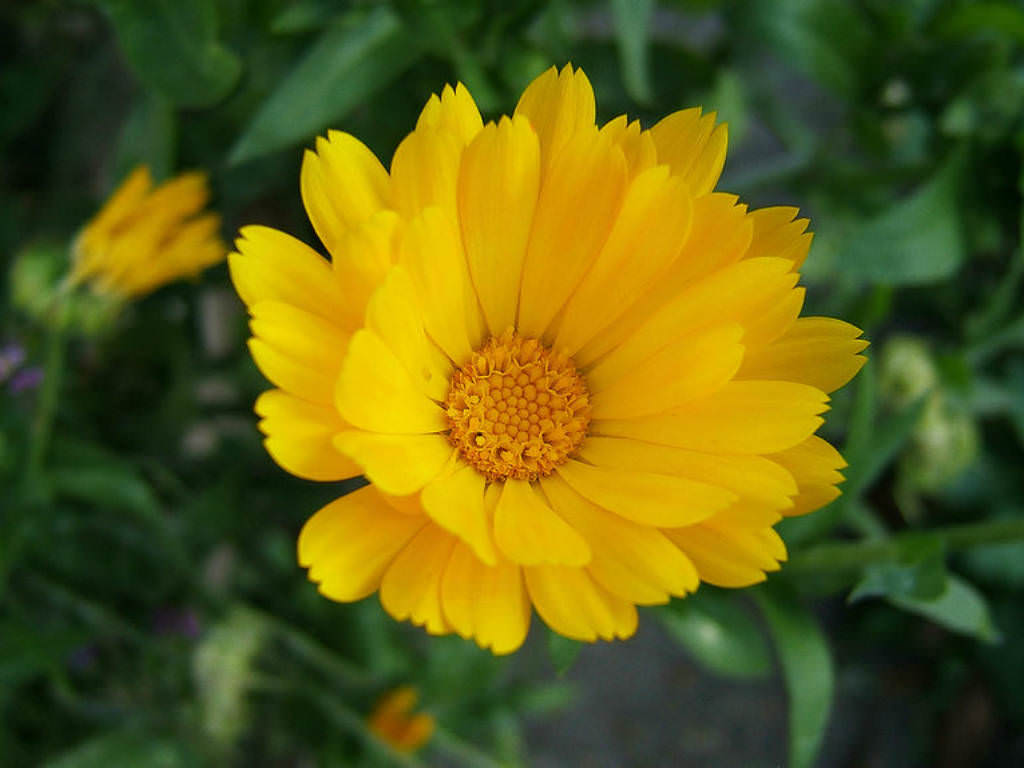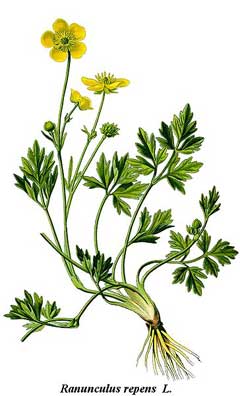The buttercup (Ranunculus spp) is a wild plant that has bright yellow flowers, which have the shape of a cup. The buttercup’s flowers, seeds, stems and leaves are toxic if ingested by a horse. The flowers of the buttercup have a high concentration of the enzyme ranunculin. Wild Buttercup Mercantile, Carnegie, Pennsylvania. Hand crafted soaps and body scrubs.
Narrow Your Search

Color
USDA Zone
Region
Type
Duration
Season
Germination
Soil
Sunlight
Height
Early Buttercup Seeds Ranunculus fascicularis Quick View
xEarly Buttercup Seeds
More InfoRanunculus fascicularis
IN-STOCK ORDERS SHIP THE NEXT BUSINESS DAY VIA THE US POST OFFICE.
Bright as a button, these early bloomers are one of the first to welcome spring. Seeing these petite yellow flowers popping open is always a welcome sight after a long winter when everything looks dead. This little perennial is an ideal choice for rock gardens.Out of StockPrairie Buttercup Seeds Ranunculus rhomboideus Quick View
xPrairie Buttercup Seeds
More InfoRanunculus rhomboideus
IN-STOCK ORDERS SHIP THE NEXT BUSINESS DAY VIA THE US POST OFFICE.
Like a ray of sunshine on a cloudy day, these tiny golden blossoms are among the first to brighten the countryside in the spring. This perennial likes dry sandy soil, and it scatters seeds around itself to start the next generation of plants.Out of StockWestern Buttercup Seeds Ranunculus occidentalis Quick View
xWestern Buttercup Seeds
More InfoRanunculus occidentalis
IN-STOCK ORDERS SHIP THE NEXT BUSINESS DAY VIA THE US POST OFFICE.
These cheery blossoms carry the news that spring has arrived to the residents of the Pacific Northwest. Like most Buttercups, it displays five shiny petals in each flower. This perennial can be grown in gardens everywhere that need a sign that spring is near.
Hispid Buttercup
Ranunculus hispidus
Buttercup family (Ranunculaceae)
Description: This perennial wildflower is up to 1' tall; it has a tendency to sprawl with age. The stems are light green to pale reddish brown and more or less covered with long spreading hairs. Both basal and alternate leaves are produced; like the stems, their petioles are covered with long spreading hairs. Photoshop elements 2021 & premiere elements 2021. Sometimes, the petioles are as long or longer than the compound blades of the leaves. The leaf blades are usually trifoliate (divided into 3 leaflets). The leaflets are up to 4' long and across and usually cleft into 3 lobes. The margins of the leaflets are irregularly dentate. The terminal leaflet has a short petiolule (short stalk) at its base, while the lateral leaflets are either sessile or they have even shorter petiolules. The upper surface of each leaflet is more or less medium green with scattered appressed hairs, while the lower surface has spreading hairs along the major veins. The upper leaves are smaller in size than the basal leaves and their leaflets are often lack lobes. Occasionally, solitary flowers are produced on long hairy stalks. These flowers are about ¾–1' across, consisting of 5 shiny yellow petals, 5 light green sepals, a dense cluster of pale yellowish green pistils, and a ring of numerous stamens with yellow anthers. Toward the center of each flower, the petals become semi-translucent and each petal has several fine lines that function as nectar guides. The sepals are hairy and lanceolate in shape; they are shorter than the petals. The blooming period occurs from mid- to late spring and lasts about a month. Each flower produces several flattened achenes with long beaks; these achenes are up to 3.5 mm. in length. The root system is fibrous. This wildflower reproduces by reseeding itself.
Cultivation: The preference is dappled sunlight during the spring, followed by light shade during the summer. This buttercup prefers mesic to dry conditions and a rich loamy soil with some decaying leaves.
Range & Habitat: The native Hispid Buttercup occurs occasionally throughout Illinois; its distribution is somewhat patchy (see Distribution Map). Habitats include upland woodlands, wooded slopes, and bluffs where oak trees are often present; unlike Ranunculus septentrionalis (Swamp Buttercup), this species is rarely found in damp habitats.
Faunal Associations: Buttercups are the summer hosts of the aphid Thecabius gravicornis. The seeds and foliage of woodland buttercups are eaten by such upland gamebirds as the Wild Turkey and Ruffed Grouse; the Eastern Chipmunk also eats the seeds. The foliage is toxic to mammalian herbivores and usually avoided by such animals.

Photographic Location: An upland area of Warbler Woods in Coles County, Illinois.
Comments: Hispid Buttercup and Ranunculus septentrionalis (Swamp Buttercup) are very similar to each other. Hispid Buttercup differs primarily by the long spreading hairs on its stems and petioles, and its preference for drier habitats than Swamp Buttercup. N channel enhancement mosfet. Swamp Buttercup is either hairless or it has short appressed hairs along its stems and petioles. Some authorities regard these two buttercups as different varieties of the same species. For spring wildflowers, they bloom longer than average.
Wild Buttercups Flowers
